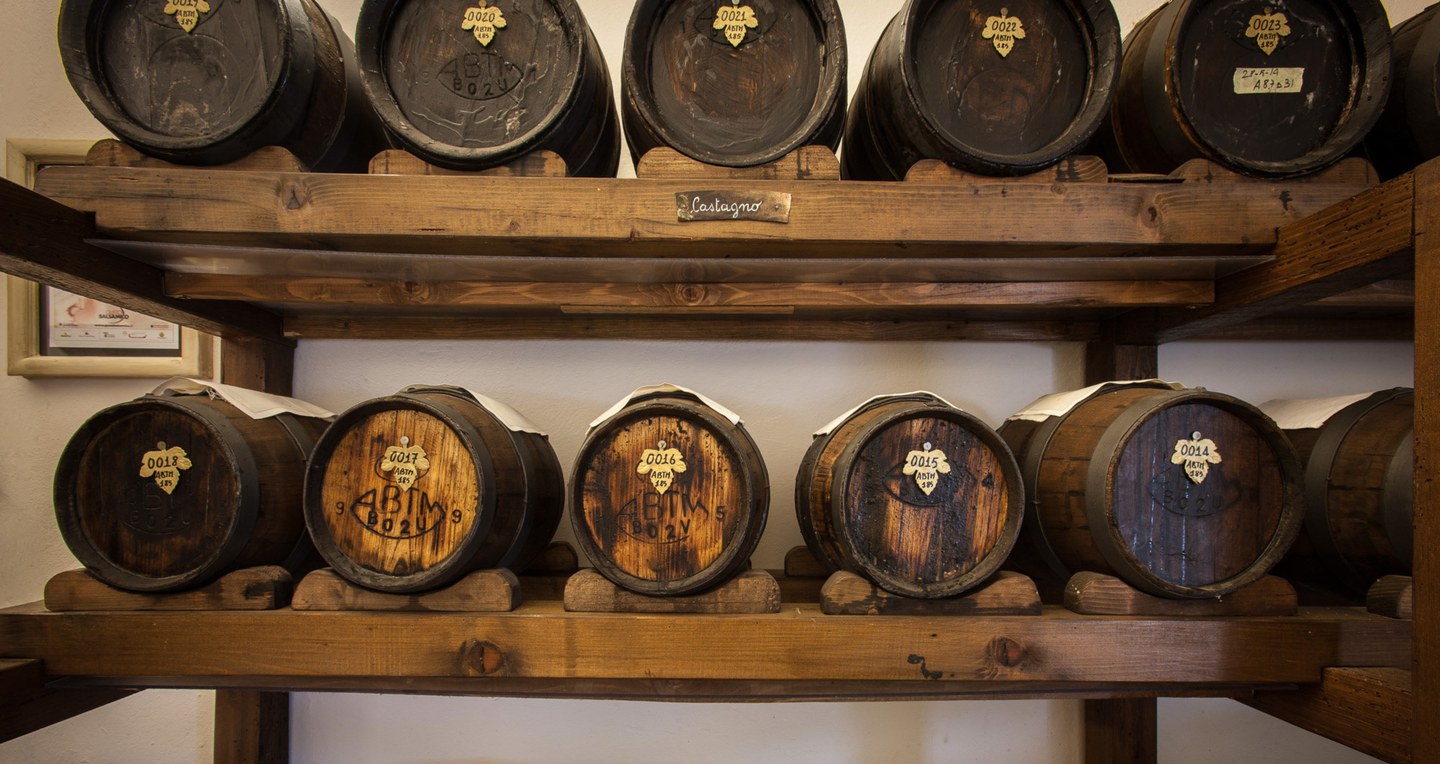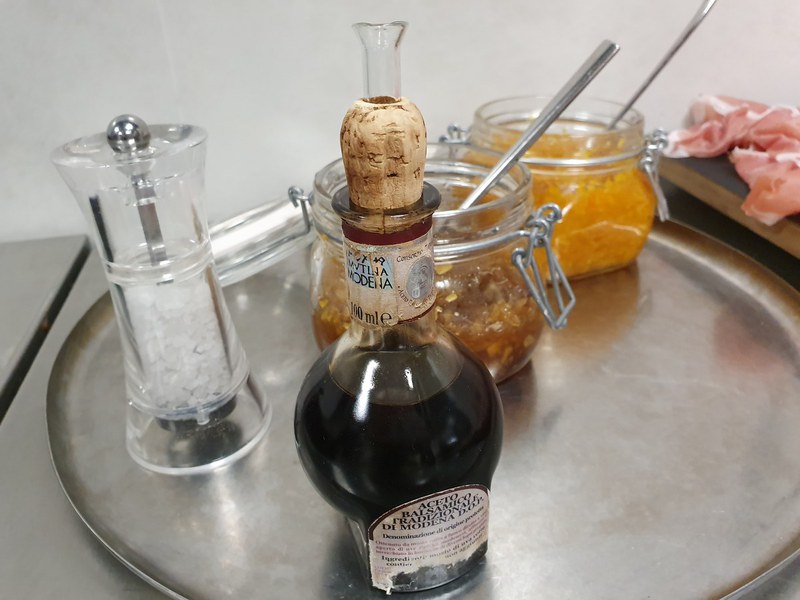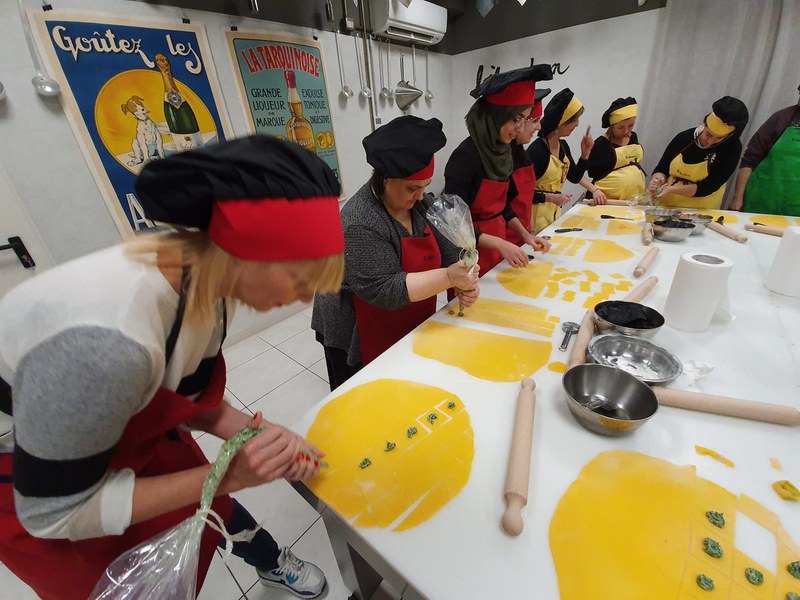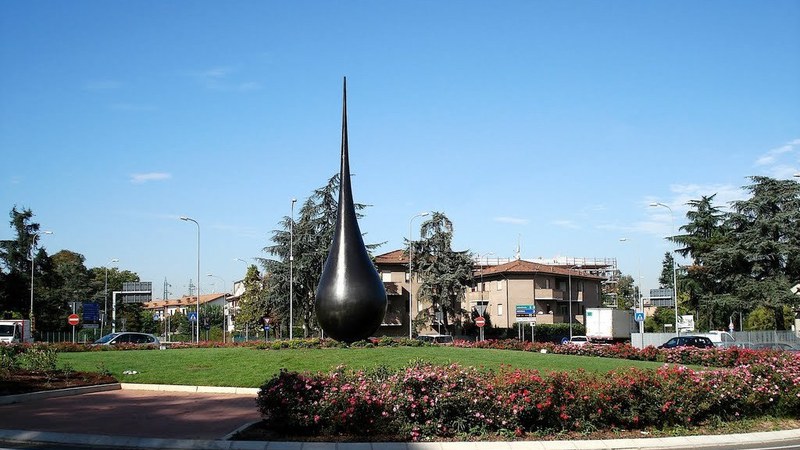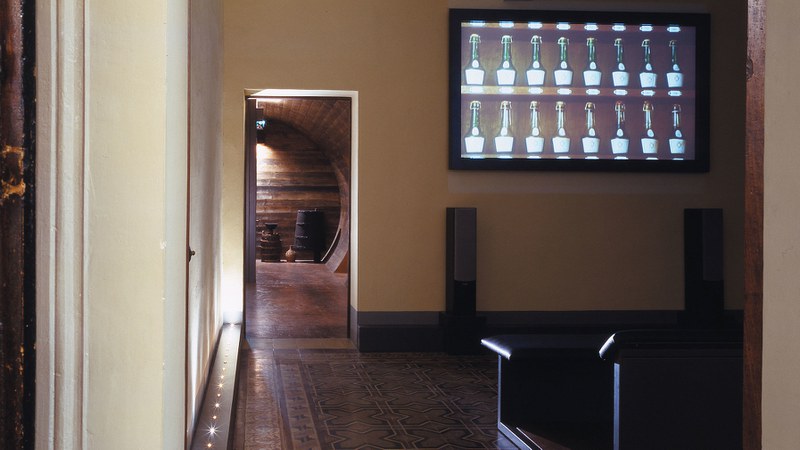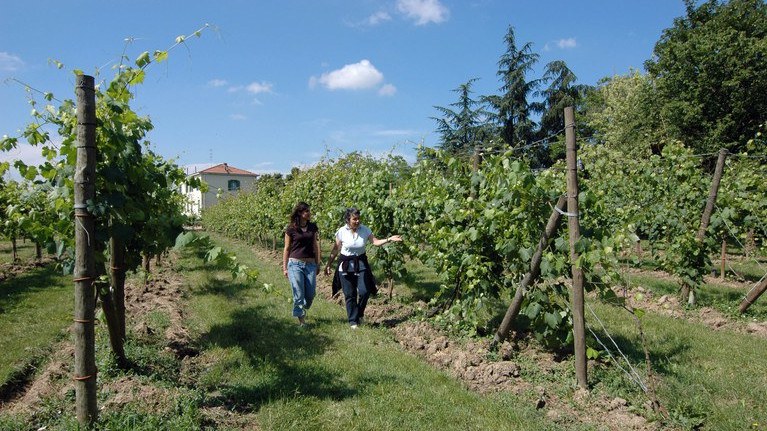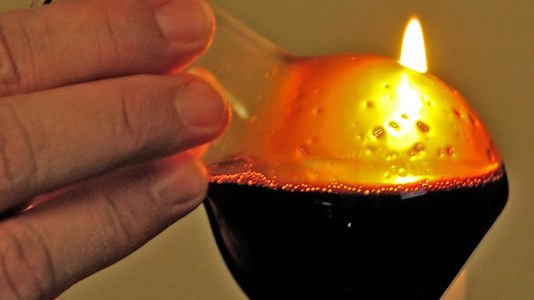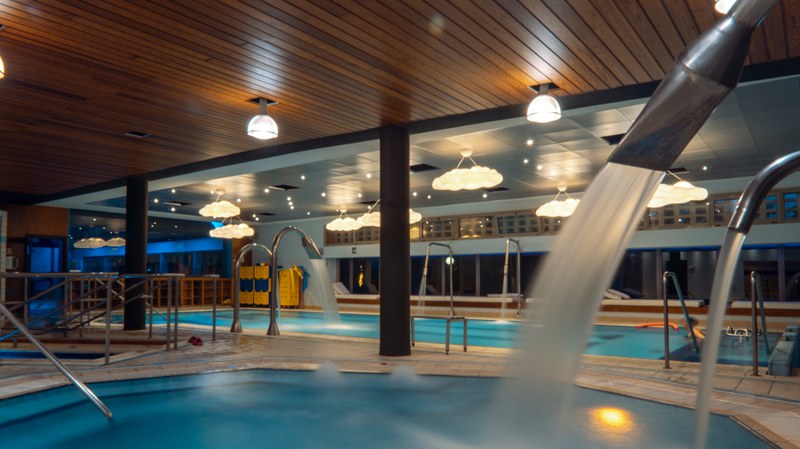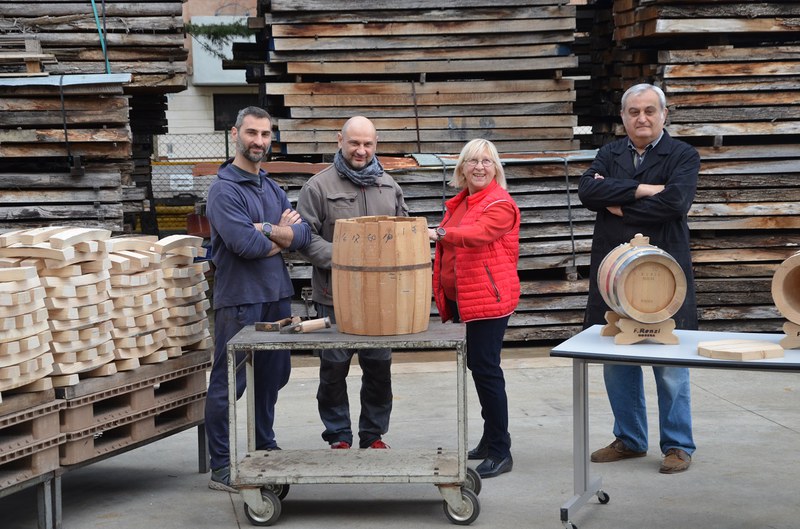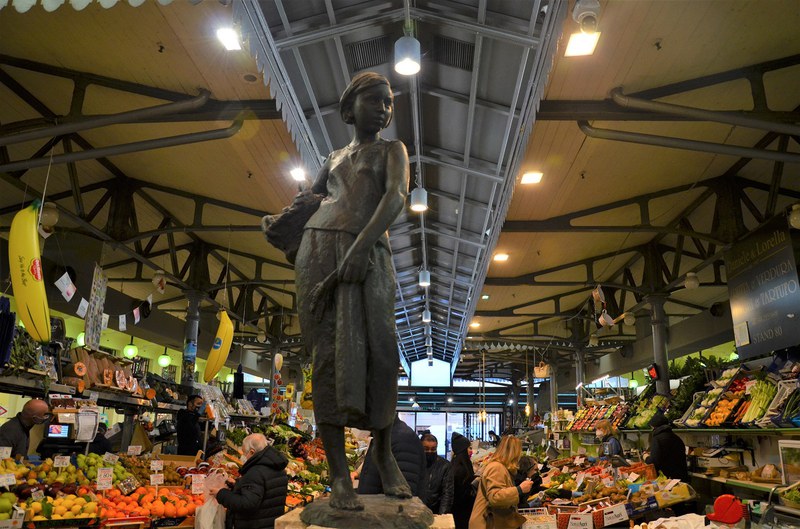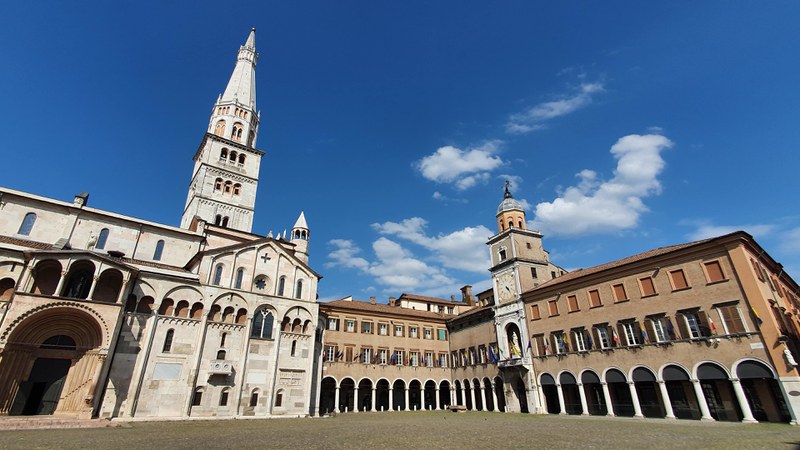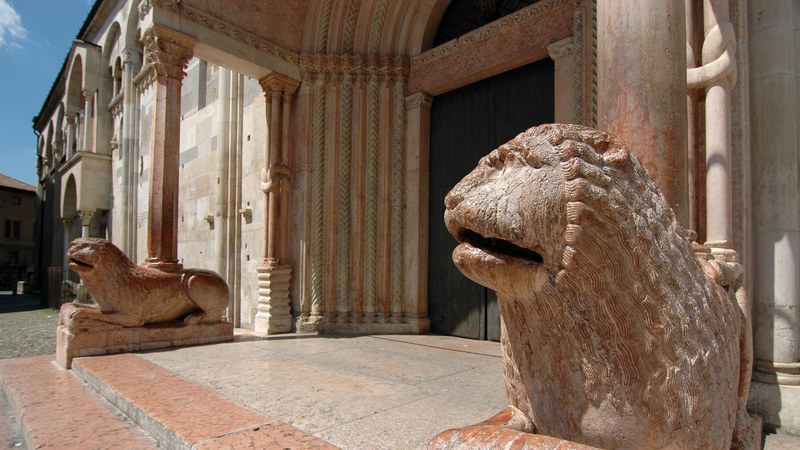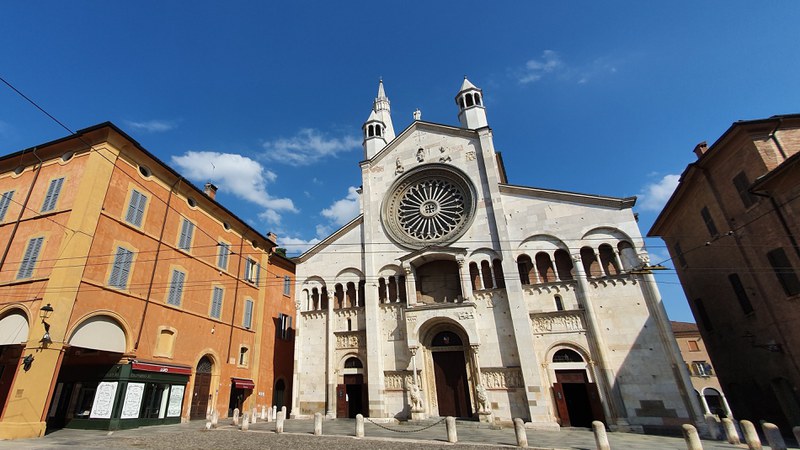Balsamic Vinegar
Considered Modena’s “black gold,” balsamic vinegar is a unique product with a thousand-year history. Modena is rightfully proud of its signature delicacy and is anxious to share it. In fact, Modena’s balsamic vinegar is known all over the world, but it deserves to be experienced in greater depth, from its origins in the vineyard to the table (and beyond).
This excursion will give you a deeper understanding of this symbol of Modena’s culture and history.
Before you set out to discover this intriguing world, however, it’s important to clarify the two types of balsamic vinegar: Aceto Balsamico Tradizionale di Modena DOP (PDO -protected designation of origin) and Aceto Balsamico di Modena IGP (PGI protected geographical indication). Production methods and the raw materials that go into them make the difference.
Aceto Balsamico Tradizionale di Modena DOP, one of the finest artisanal products in the world, is perfected in the silence of the balsamic vinegar factories and through a precise decanting technique and years of refinement and aging. It is prepared from cooked grape must (unfermented juice) and allowed to mature and ferment through a slow, natural acidification process. Then, it is aged for years in casks made of various kinds of wood, becoming increasingly concentrated over time. No other ingredients are added that would affect taste or aroma. It can be sold only when aged minimum 12 years and can be named "extravecchio" only after minimum 25 years. You can find it only in a specific bottle (100ml) designed by Giorgetto Giugiaro, all the producers must use that one.
Aceto Balsamico di Modena IGP is a blend of partially fermented, cooked, or concentrated grape must (a minimum of 20%), wine vinegar (a minimum of 10%), and aged vinegar (at least ten years old). Acidification takes place either as a result of the addition of colonies of bacteria or the well-established methods of “slow surface” fermentation or “wood chip” fermentation. Subsequently, the liquid is refined in wooden barrels or casks for a minimum of sixty days. The area where PGI balsamic vinegar is produced lies between Modena and Reggio Emilia.
Day 1
We begin at the heart of traditional balsamic vinegar-making: a visit to the Spilamberto Museum of Traditional Balsamic Vinegar, managed by the Traditional Balsamic Vinegar Makers’ Guild and founded to as a center for the documentation and celebration of the history, culture, and emotion that lie behind this unusual delicacy.
From Modena, take Via Vignolese until you reach the charming town of Spilamberto. Just before you enter the town, you won’t be able to miss the sculpture of a huge droplet of balsamic vinegar in the center of a traffic roundabout on the main road. Called "Goccia: L’Essenza".
Head for the Museum of Traditional Balsamic Vinegar once you’ve reached the town center. Once there, you’ll begin your visit in the screening room where a video, “Balsamic Vinegar: A Centuries-Old Tradition,” introduces this native delicacy and explains its importance through images and a discussion of the process that results in the vinegar’s unmistakable taste and aroma.
Upstairs, you’ll enter a loft-like space that houses the “batteries” (rows of barrels) used in the production of balsamic vinegar. After a tasting, continue on to one of the many businesses that produce balsamic vinegar in this area of Italy. First, though, you might want to stop for lunch in one of Spilamberto’s many restaurants or traditional trattorias. After lunch, the program continues with an afternoon at a local vinegar maker. There, you’ll observe all the phases of the production of balsamic vinegar and learn more about the differences between “traditional” PDO balsamic vinegar of Modena and PGI balsamic vinegar.
As we’ve mentioned, these are two very different products, though what distinguishes them isn’t always well understood. Visiting the places where they are born will allow you to better appreciate all their characteristics.
After a stroll through the vineyards where grapes are harvested for the preparation of grape must (unfermented juice), you’ll come to the heart of the visit: a real-life experience in one of the places where balsamic vinegar is made and aged and a chance to discover the secrets of this unique product.
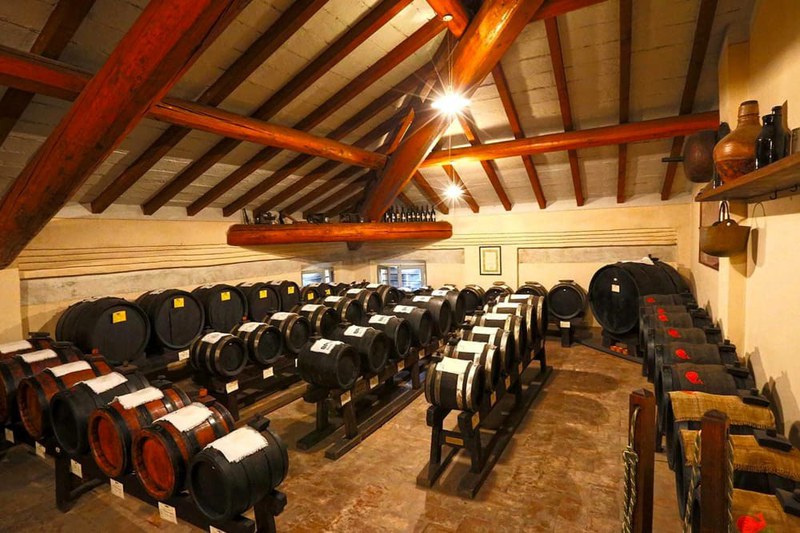
Itinerary
Day 2
In addition to grapes, dedication, and time, one of the key ingredients for the production of balsamic vinegar is the barrel or cask in which it is aged. That’s why a visit to a cooper, where you can witness the construction of the barrels that later form part of the “battery” for the preservation and aging of this precious liquid, is a stop we highly recommend.
Next comes an excursion to Modena’s delightful old town center, with an emphasis on good things to eat and drink. One place in particular deserves a visit: the historic Albinelli Market.
A short walk away stands the splendid Modena Cathedral, the Ghirlandina Tower, and Piazza Grande, a complex of buildings that is designated a UNESCO World Heritage Site.
To learn more about Modena’s UNESCO World Heritage Site, take a look at the itinerary we’ve created especially on that subject.
Finally, the attic of the Palazzo Comunale houses the Municipal Vinegar Cellar managed by the Traditional Balsamic Vinegar Makers’ Guild. Founded in 2003, the vinegar cellar is home to three “batteries” that began producing “refined” balsamic vinegar in 2015 and which will release its premium “mature” vinegar starting in 2028.
Our tour through the marvels of balsamic vinegar ends here, but we have one more tip to help you experience all of the treats the local area has to offer.
If you have time and like spa treatments, extend your visit another day or two and book a stay at the Salvarola Hot Springs.


